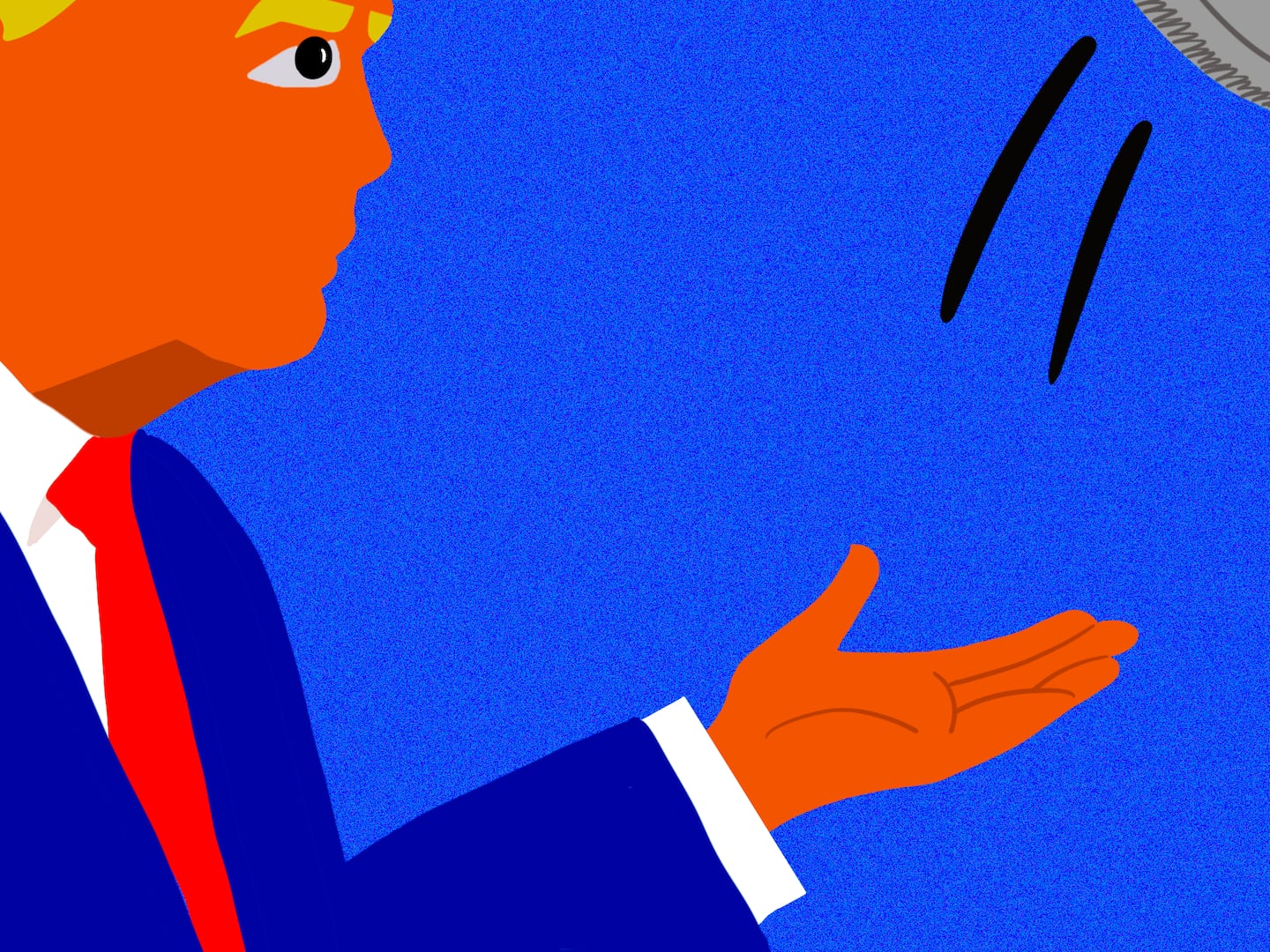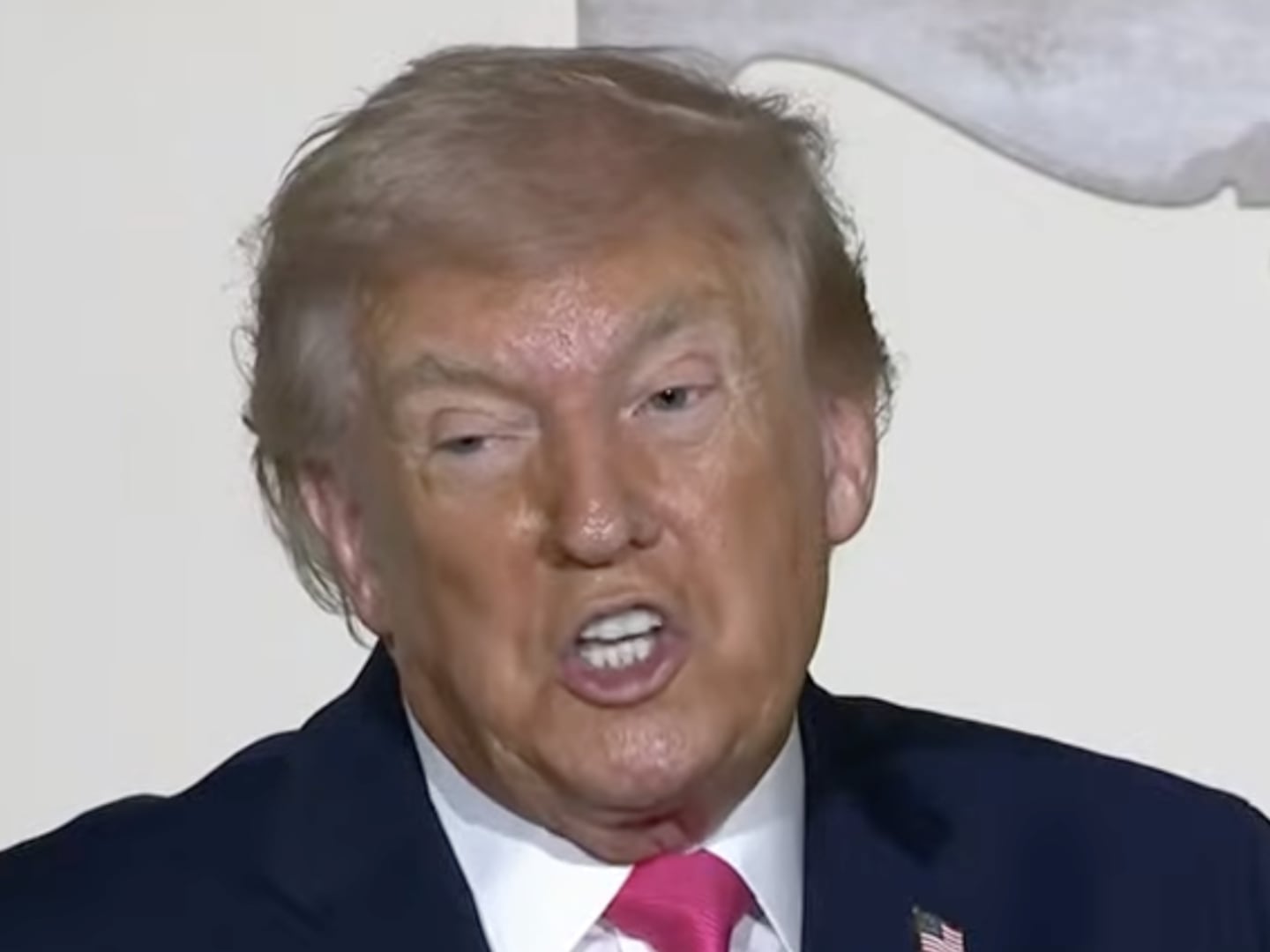The U.S. government did its best on Wednesday to convince nine women and six men that a 19-year-old Somali-born American still in braces when the feds first met him and still wielding a learner’s permit was hellbent on blowing up the City of Roses in November 2010.

Mohamed Mohamud’s defense attorney countered that the impressionable, conflicted youngster was all talk, and without the dedicated efforts of the FBI to lure him toward pushing a button on a cellphone he thought would detonate a bomb, the Oregon State University student and naturalized citizen would have forgotten all about violent jihad in Portland, Ore., and returned his focus to college and girls.
If the jury deems the feds’s actions “entrapment,” it could send a clear message to the U.S. government, which has built a number of cases in recent years on sleuthing out would-be terrorists in chat rooms and other online forums and then—after a year of grooming, evidence-gathering, and manipulation—designing and building fake bombs to blow up. If the jury convicts Mohamud of trying to murder thousands of civilians at a Nov. 26, 2010, Christmas tree-lighting ceremony in the heart of Portland’s downtown, the message would be “keep up the good work.”
Wednesday’s closing arguments came after a speedy, 10-day trial hurried along by an impatient judge, Garr M. King, known to cut in on both attorneys and witnesses he deemed rambling. As federal public defender Stephen Sady neared the end of his second uninterrupted hour of argument, the judge stopped him:
“Excuse me, Mr. Sady,” King said. “How much longer are you going to be?”
“Five more minutes, your honor,” the lawyer replied meekly, and then kept that promise.
Both sides spent their time reframing the case’s well-worn and largely undisputed facts, albeit interpreted two entirely different ways. To the government, Mohamud’s series of online posts for the Islamist magazine Jihad Recollections in 2009 and before that portrayed a clear proclivity to commit terrorism. The defense insisted the conflicted youngster was merely going through an identity crisis and the painful breakup of his parents. He was mouthing off, Sady contended, and he never said a word about any specific plot to kill Americans.
“Mohamed had done absolutely nothing to prepare for, plan for, or even contemplate the attempted use of a weapon of mass destruction against the U.S.,” Sady said. “No explosives, no chemicals, no seeking of such things. This is not somebody sitting around thinking about blowing up Portland.”
Not until the FBI got involved did any specific plot begin to take shape, in fact—and at a critical inaugural meeting where the government’s tape recorder just happened to have “spontaneously activated in a closed plastic container” as Sady described it, before running out of batteries and leaving the jury with little evidence about who first came up with the idea to take action against the infidels.
“That’s unfortunate, and it would have been better if it was [recorded],” said Assistant U.S. Attorney Ethan Knight.
Legal experts have told The Daily Beast that an entrapment case is a very difficult one to mount, especially when the issue is such a visceral and emotional one as domestic terrorism. Persuading any jury to set free a man who effectively admits he pushed a button he thought would blow up thousands of people is a tall order.
That said, the burden of proof to secure a conviction lies with the government, which has among other tasks to show beyond a reasonable doubt that it didn’t entrap Mohamud. To get there, King explained to jurors at the outset of Wednesday’s arguments, the jury has two chief factors to consider: whether Mohamud was predisposed to commit terrorism or whether the government induced him to do so. If the jury finds he was predisposed, there’s no need to consider whether he was induced. If the jury finds he wasn’t induced, then predisposition doesn’t matter.
Knight focused mainly on predisposition Wednesday, insisting that Mohamud’s writings show he was intent on reaching out to terrorists with the hope of traveling to Yemen to better learn the ways of violent jihad. Moreover, Knight said, you can’t entrap someone to blow up thousands of people. To do something that awful just wouldn’t happen without real predisposition.
“You may not like the way the FBI has done some of these things,” Knight said, but that’s beside the point. “This is the type of offense one commits only because they wholeheartedly want to.”
Sady spent more time on inducement, on trying to convince the jury that the teenager would never have gone so far as to conceive of some actual plot had the government not dragged him all the way there—including at several points where he was backing away.
“Mohamed was a talker,” Sady said. “He was moving away from the jihadi discursive community, and the FBI pulled him back.”
The jury began deliberation late Wednesday afternoon.






